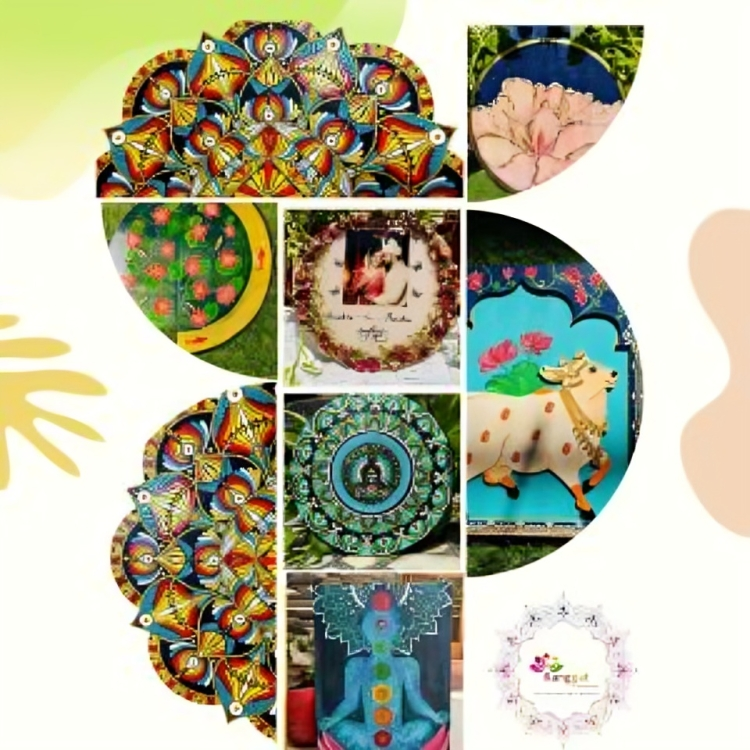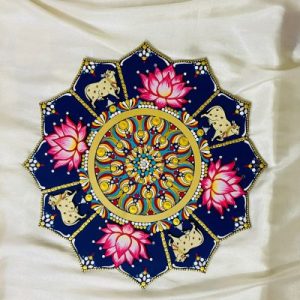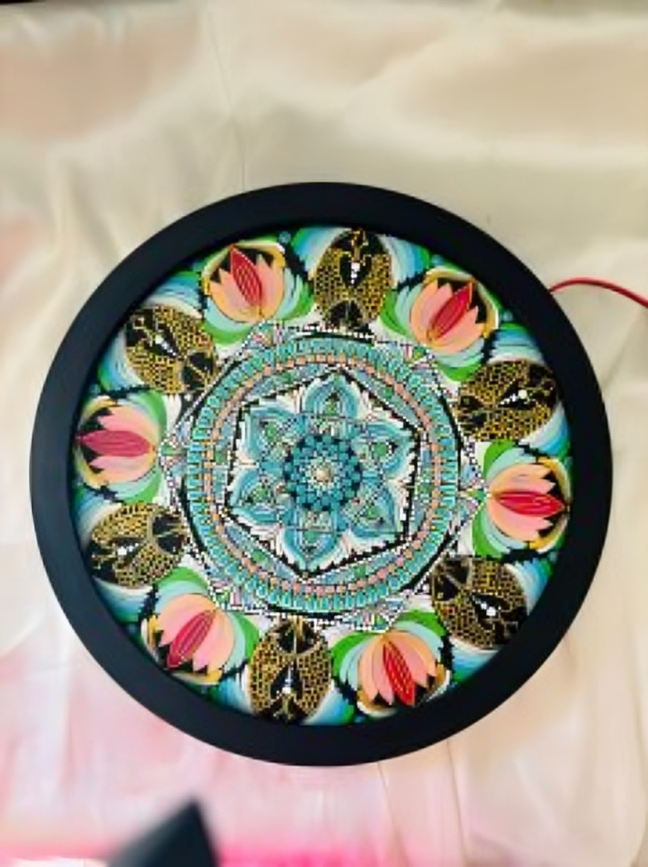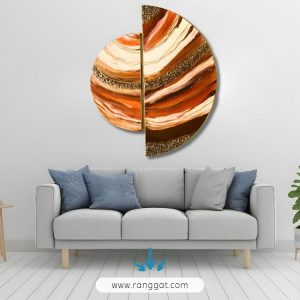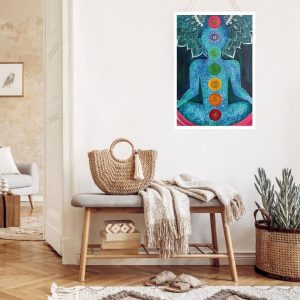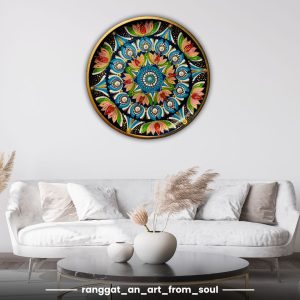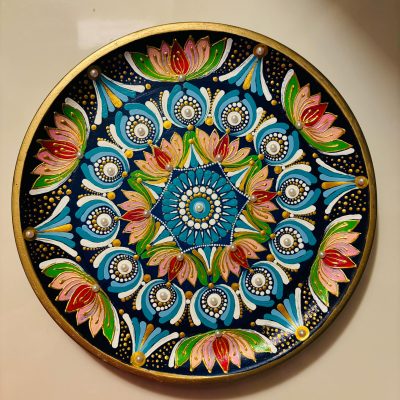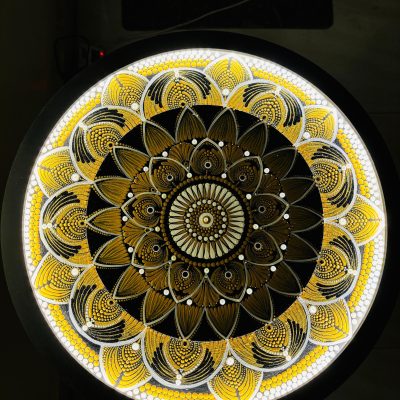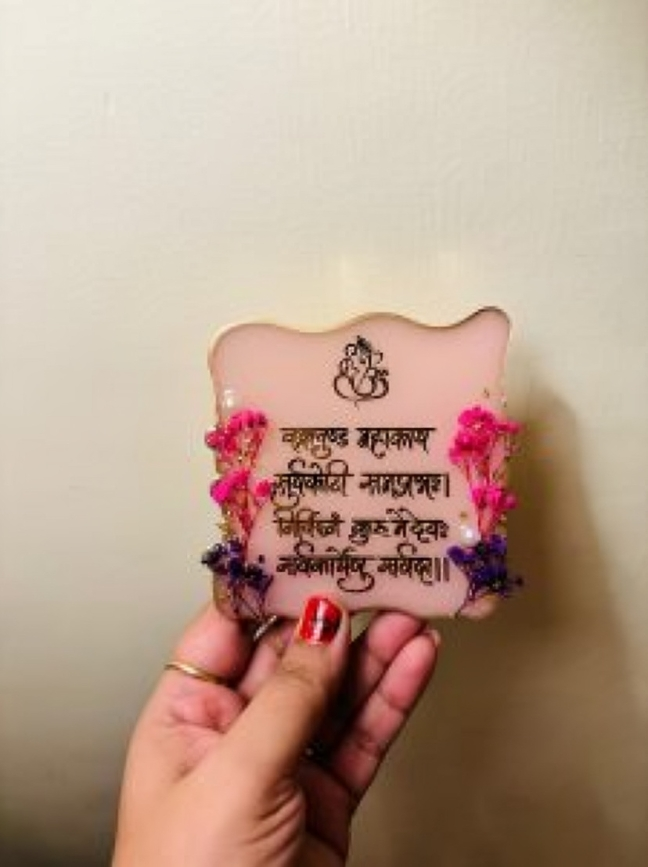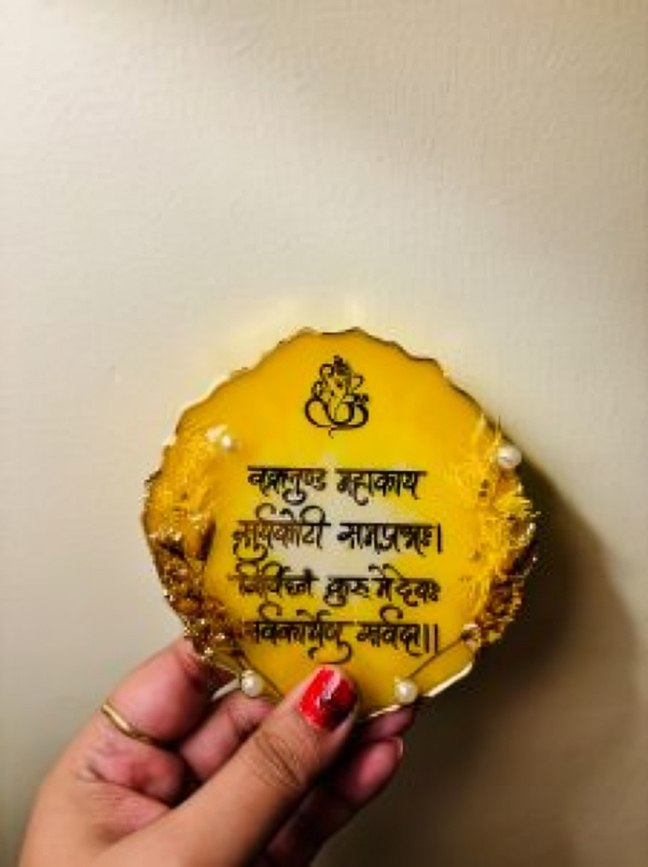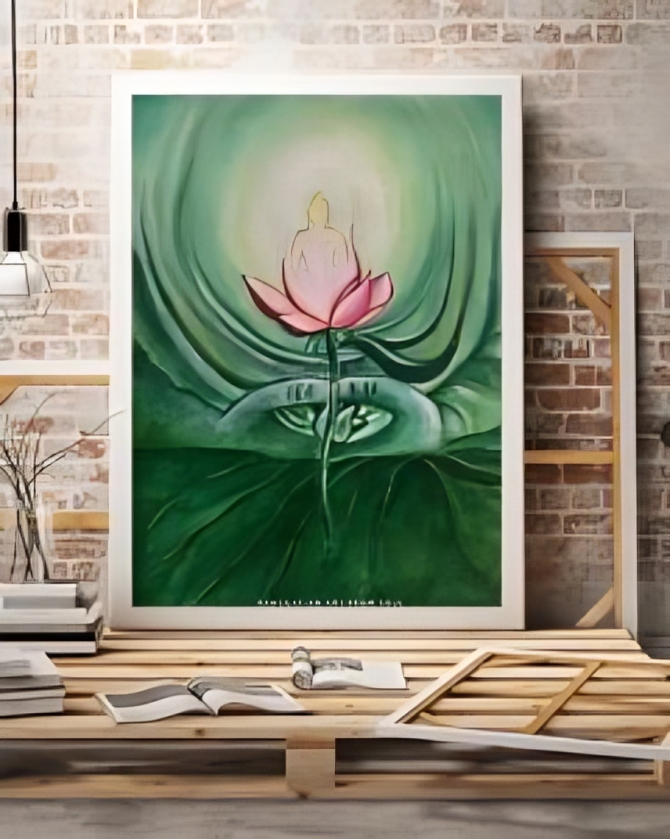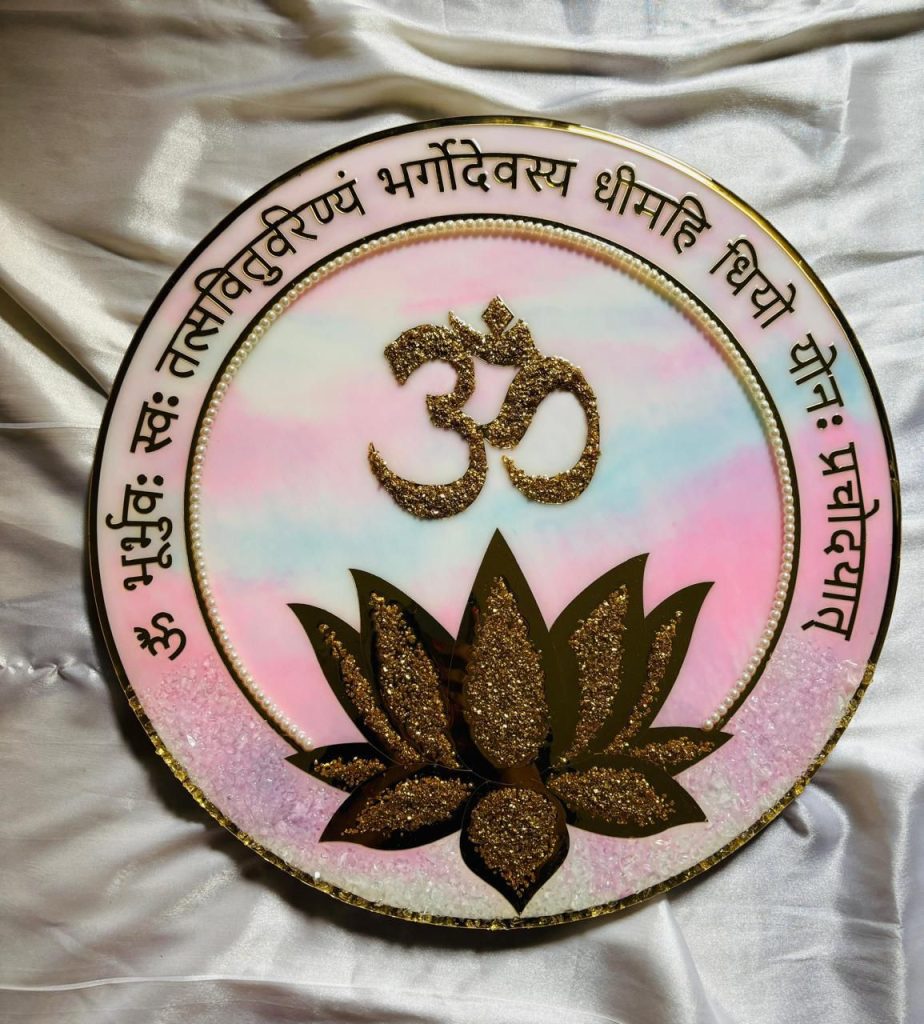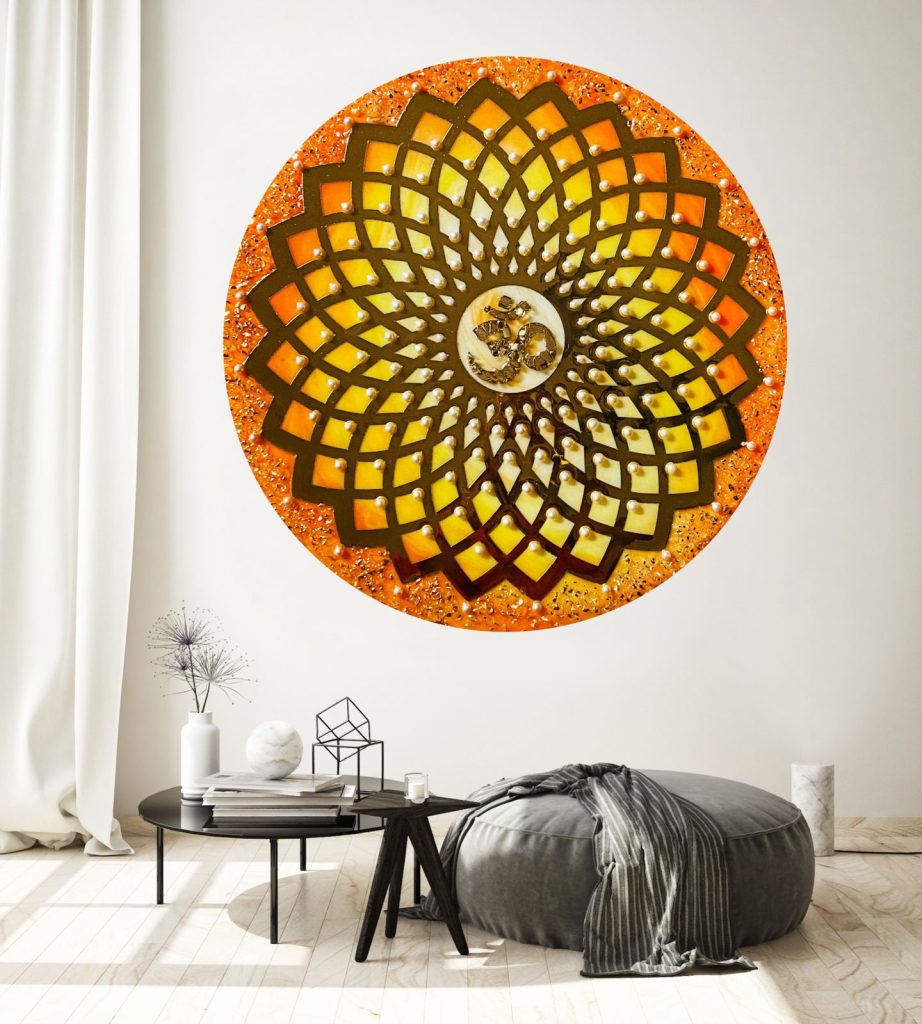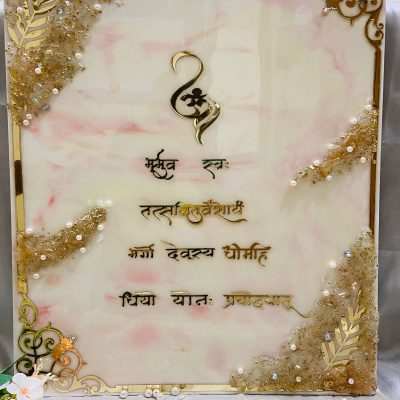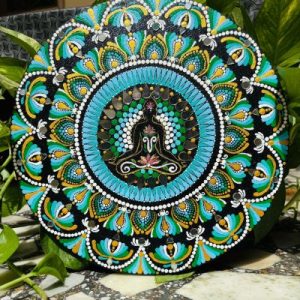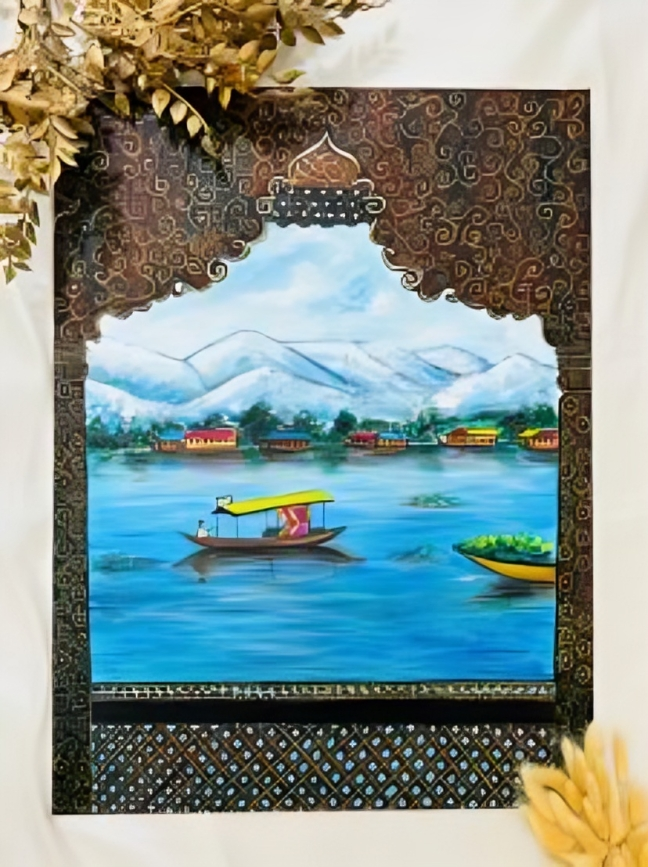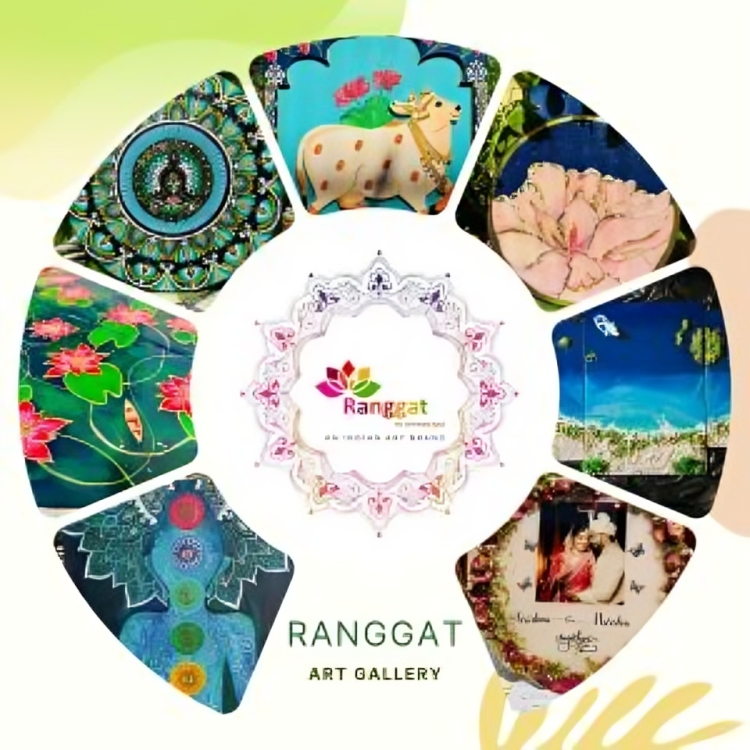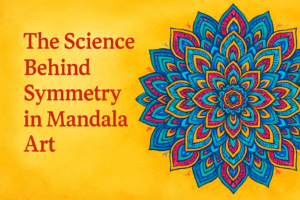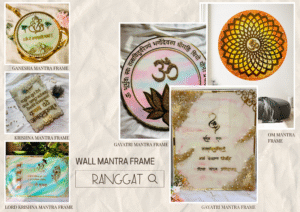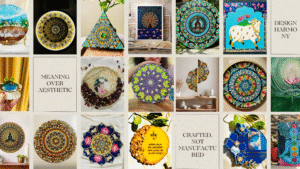Art has long been celebrated as a raw, authentic expression of the human soul. Yet, in today’s fast-paced, market-driven world, the age-old tension between authenticity and commercialization has grown more pronounced. Artists often find themselves walking a tightrope, striving to stay true to their creative vision while catering to the demands of a competitive marketplace.
For Ranggat Art, creativity is not just about trends or popularity—it’s about meaning, storytelling, and cultural essence. As they put it, “Art is an extension of the soul, carrying emotions, thoughts, and unique visions.” Each piece created by Ranggat Art—from intricate mandalas to resin masterpieces and Vastu-inspired designs—is a labor of love, embodying stories that reflect India’s rich heritage while also aligning with global aesthetics.
While authenticity forms the foundation of Ranggat Art’s philosophy, they recognize the importance of connecting with audiences in a meaningful way. The team at Ranggat Art faces the challenge of balancing their creative instincts with the need to meet market demands. They understand that art must reach a wider audience, which sometimes means offering pieces that appeal to modern sensibilities without losing their essence.
Customizing art for their clients is one way Ranggat Art bridges this gap. Whether crafting personalized designs or functional art for home décor, they ensure that their work remains both soulful and accessible. This adaptability has allowed Ranggat Art to thrive as an Indian brand that stays true to its roots while resonance with global tastes.
The Challenges of Balance
Managing time, energy, and creative vision isn’t easy for any artist or brand. Ranggat Art, like many others, occasionally feels the pressure to create what is popular or trendy. Yet, they are steadfast in their belief that every piece must carry originality and meaning.
By focusing on storytelling and sharing the inspirations behind their creations, Ranggat Art helps audiences see their work as more than just decorative items. Their art celebrates cultural identity and personal expression, adding layers of significance to every piece they produce.
Staying True While Reaching Wider
For Ranggat Art, the journey is as much about preserving their authenticity as it is about growth. They embody the idea that art should feel genuine while being accessible and appreciated by a broad audience. As they evolve, their commitment to creating soulful, meaningful art remains their guiding principle.
A Model for Indian Artists
Ranggat Art’s journey offers inspiration for other Indian artists and brands navigating the crossroads of authenticity and commercialization. By aligning creativity with audience needs while staying true to their cultural roots, Ranggat Art proves that art can thrive both as a business and as a heartfelt expression of identity.
Their story is a reminder that, even in a fast-paced world, art can remain timeless, personal, and profoundly impactful.

